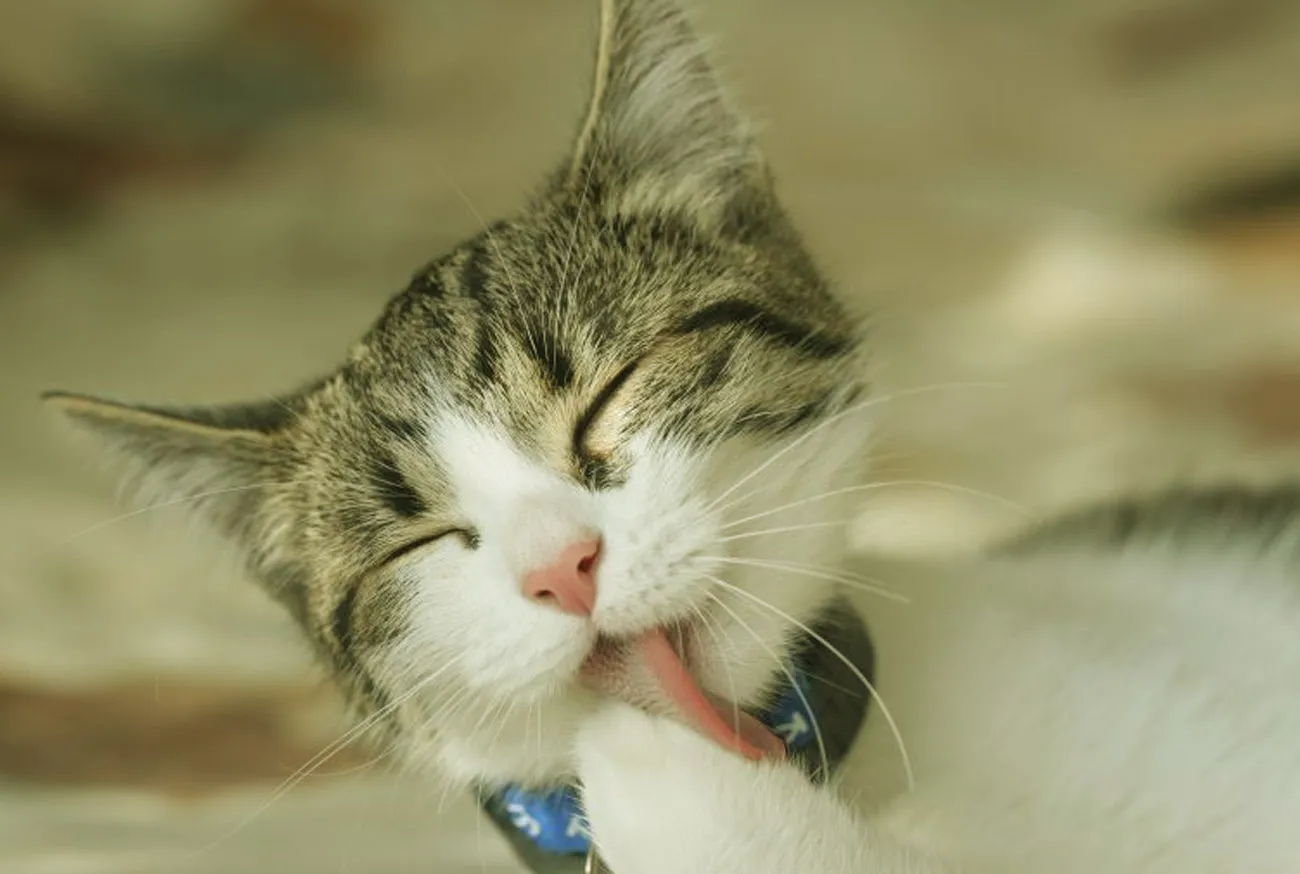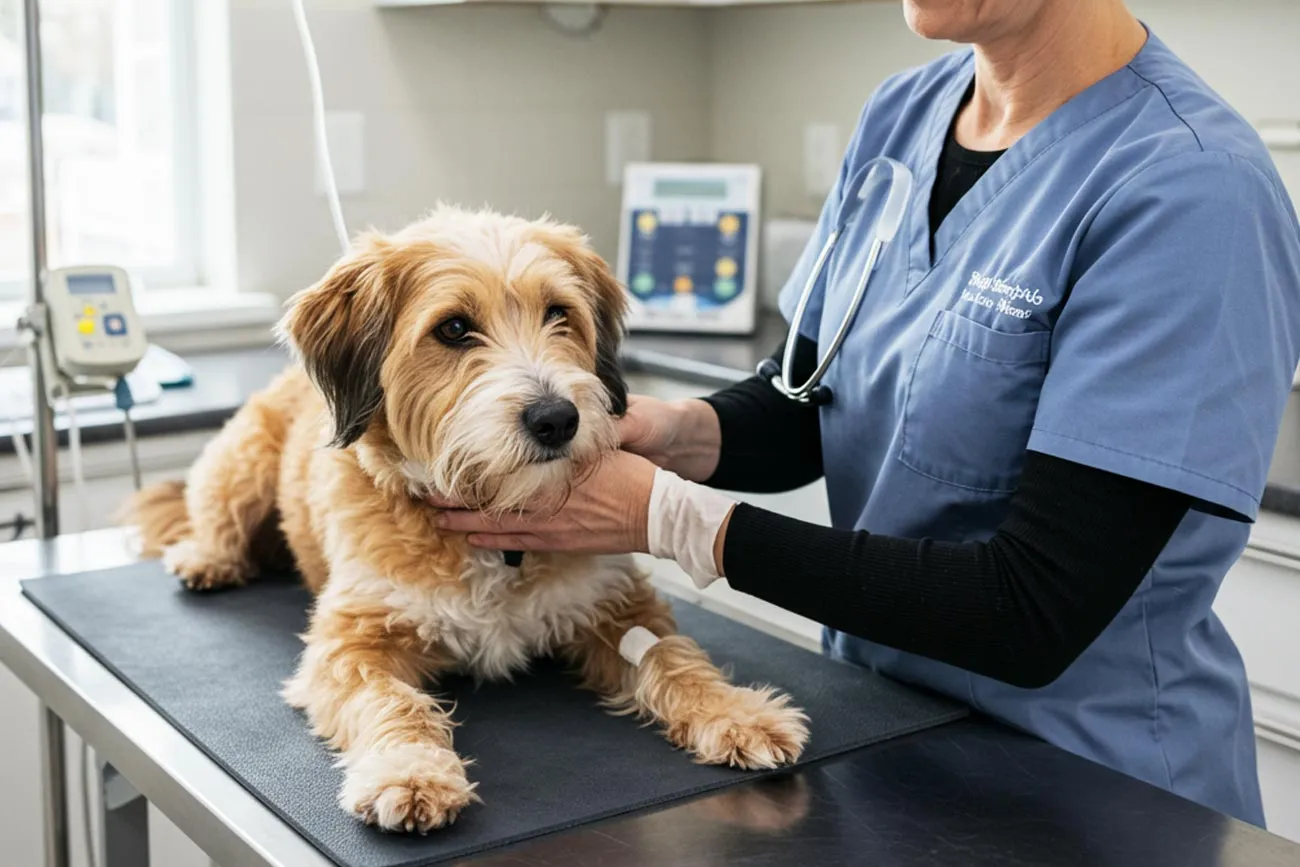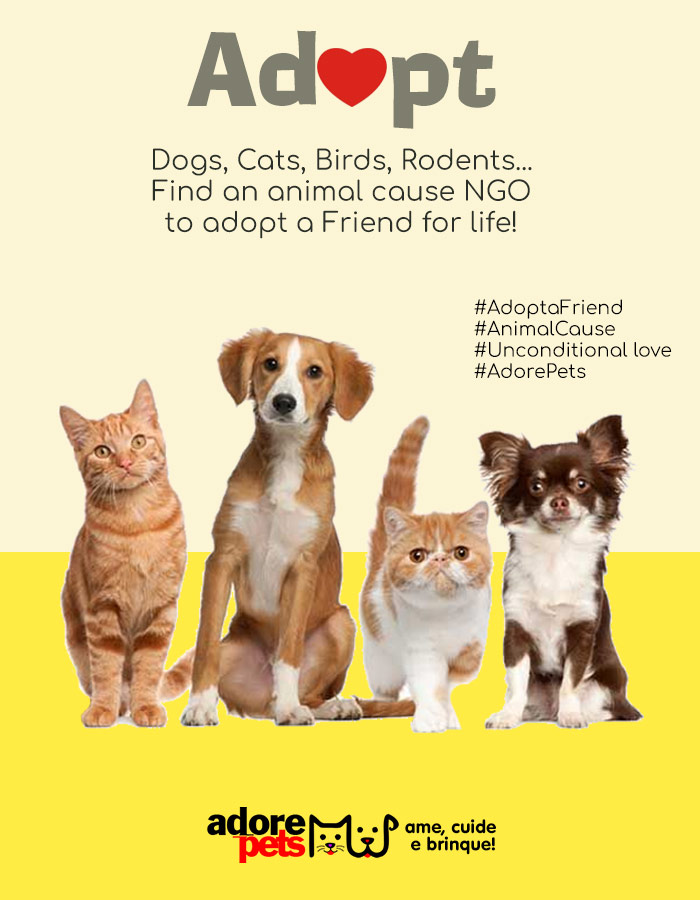what are hairballs and how do they form?
Hairballs, or trichobezoars, form when cats ingest fur during their grooming routine. The swallowed fur travels through the digestive system and is usually eliminated naturally in the feces. However, when there is an excessive buildup of fur, it can clump together in the stomach, forming a mass that is eventually regurgitated.
signs your cat may be dealing with hairballs
Do you know how to identify if hairballs are bothering your cat? Here are some common signs:
- Frequent coughing or gagging: Does your cat seem to be trying to vomit without success?
- Occasional vomiting with hairballs: When the mass of fur is finally expelled, it looks like a small compact cylinder.
- Decreased appetite or lethargy: These signs may indicate that hairballs are causing more severe discomfort.
- Constipation or diarrhea: Fur accumulation in the intestines can affect bowel movements.
⚠️ When to worry: If your cat exhibits frequent vomiting, signs of abdominal pain, weight loss, or significant behavioral changes, it’s time to consult a veterinarian.

how to prevent hairballs
Prevention is always the best approach when it comes to your cat’s health. Fortunately, there are several strategies to reduce fur buildup in your pet’s digestive system:
- Regular grooming
Brushing your cat frequently helps remove loose fur before it’s swallowed.- For short-haired cats, weekly brushing may suffice.
- For long-haired breeds, like Persians, daily brushing is recommended.
- Balanced diet
Providing a fiber-rich diet aids digestion and facilitates the natural elimination of fur. Specific cat foods are available to help manage hairballs. - Adequate hydration
Ensure your cat drinks enough water. This supports a healthy digestive system and fur elimination. - Use of hairball-specific pastes
These pastes, available at pet stores, lubricate the intestinal tract, making it easier to pass fur in the stool. - Enriched environment
Bored cats tend to over-groom. Provide toys, scratching posts, and interactive playtime to reduce excessive grooming.
when can hairballs be dangerous?
Although many cats manage hairballs well, they can sometimes pose a health threat. This occurs especially when:
- There is an intestinal blockage caused by fur buildup, which may require surgery.
- The cat suffers from compulsive trichophagia, meaning they excessively ingest fur due to behavioral issues.
- The hairball causes injuries to the digestive tract.
If you suspect your cat is experiencing complications from hairballs, consult a veterinarian immediately.
hairballs at different stages of a cat's life
Your cat’s age can influence the frequency and severity of hairballs:
- Kittens: They usually don’t face severe issues as they groom less often.
- Adults: At this stage, hairball formation is more common due to frequent grooming.
- Senior cats: They may struggle more to expel hairballs due to changes in their digestive system or reduced mobility for proper grooming.
extra tips for your cat's care
In addition to the practices mentioned, here are some ideas to make your feline’s life healthier and happier:
- Provide cat grass: It helps with the elimination of ingested fur.
- Maintain a clean environment: Reduce the amount of loose fur around the house with vacuums or specific cleaning tools.
- Pay attention to overall health: Healthy cats handle hairballs better.
the importance of understanding your cat
Understanding how hairballs impact your cat is crucial to ensuring their well-being. By adopting preventive measures and recognizing warning signs, you can avoid serious issues and improve your pet’s quality of life.
Now that you know everything about hairballs and how to care for your cat better, share this information with other pet owners! Help spread knowledge and promote the health of our feline friends.
👉 Share this post on your social networks and inspire others to take better care of their kitties!

















Add comment